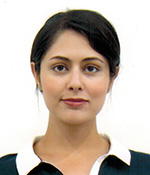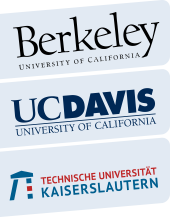

RESEARCH PROGRAM
Title: Process Parameter Optimization to Minimize Porosity in SLM
Name: Raeita Mehraban Teymouri
E-Mail: rmehrabantey@ucdavis.edu
Phone: +1-907-280-7767
Project description:
Starting Situation
Porosity is among one of the most detrimental defects in Selective Laser Melting (SLM) of metal powder materials and it is induced as a result of spattering and instabilities of the melt-pool, gas pores, and the balling behavior. Process parameter optimization through either physics-based models (aka White Box models) or data-driven models (aka Black Box models) has been found to be one of the most practical solutions to minimizing porosity or maximizing density of SLM parts. Although data-driven models are very prevalent, they are generally costly and time-consuming. On the other, physics-based models do not account for the uncertainties of the actual process hence less popular in effective process parameter optimization. To make more accurate predictions and better decisions, I propose implementing semi empirical models (aka Grey Box models) by machine-learning of physics-based models complimented with experimental data. The ultimate goal would be to develop a digital twin of the SLM process which is a true reflection of the actual process and can be effectively used for process optimization instead of the physical counterpart.
Approach
So far, the physical mechanisms that cause porosity in SLM parts have been identified and a Computational Fluid Dynamics (CFD) tool is being used to implement these physical phenomena into the fluid flow during SLM and model the evolution of the liquid-vapor interface of the meltpool. Then, the objective is to combine the CFD data through machine-learning with experimental data obtained after solidification and develop a valid Grey Box model that could be used for optimization of process parameters to minimize porosity of SLM parts.
Expected Results
The expected outcome of my research is a semi-empirical model that would be an efficient alternative for physics-based or data-driven models. Also, if time permits, a virtual twin of the SLM process that closely represents and fully simulates relevant behavior of the physical AM process would be developed. Both the virtual twin and the semi-empirical model need to be validated with experimental data to ensure robustness and maturity.

